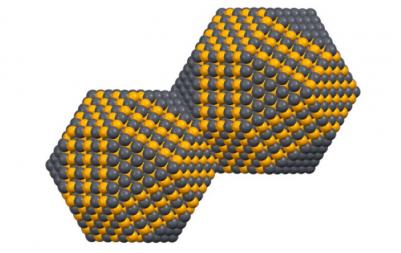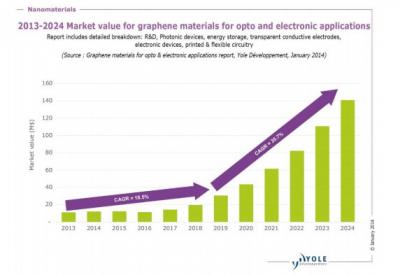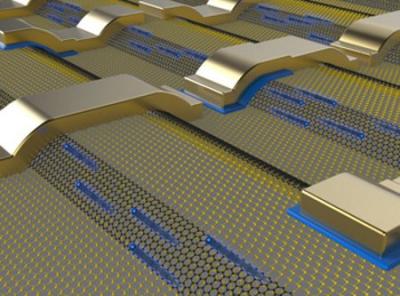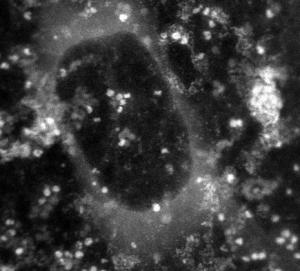Fluorinated graphene used to make efficient micro batteries
Researchers from the DoE's Pacific Northwest National Laboratory (PNNL) developed a micro-battery based on fluorinated graphene that features double the energy density compared to current micro batteries (silver oxide ones) used in Salmon fish monitoring (these batteries are injected together with wireless transmitters into the fish when they are young to track their movement). The researchers say that this new battery can revolutionize the biotelemetry world.
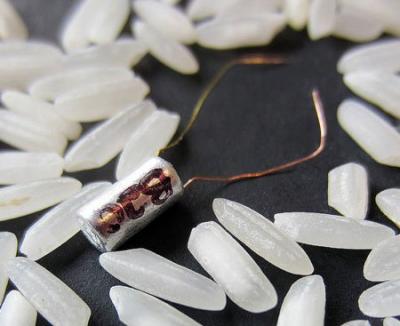
To create this new battery, the researchers used an improved "jellyroll" design - stacked battery layers are laminated on top of each other and then rolled up. The layers are separated by the graphene-fluorinated cathode (the anode is made of lithium).
